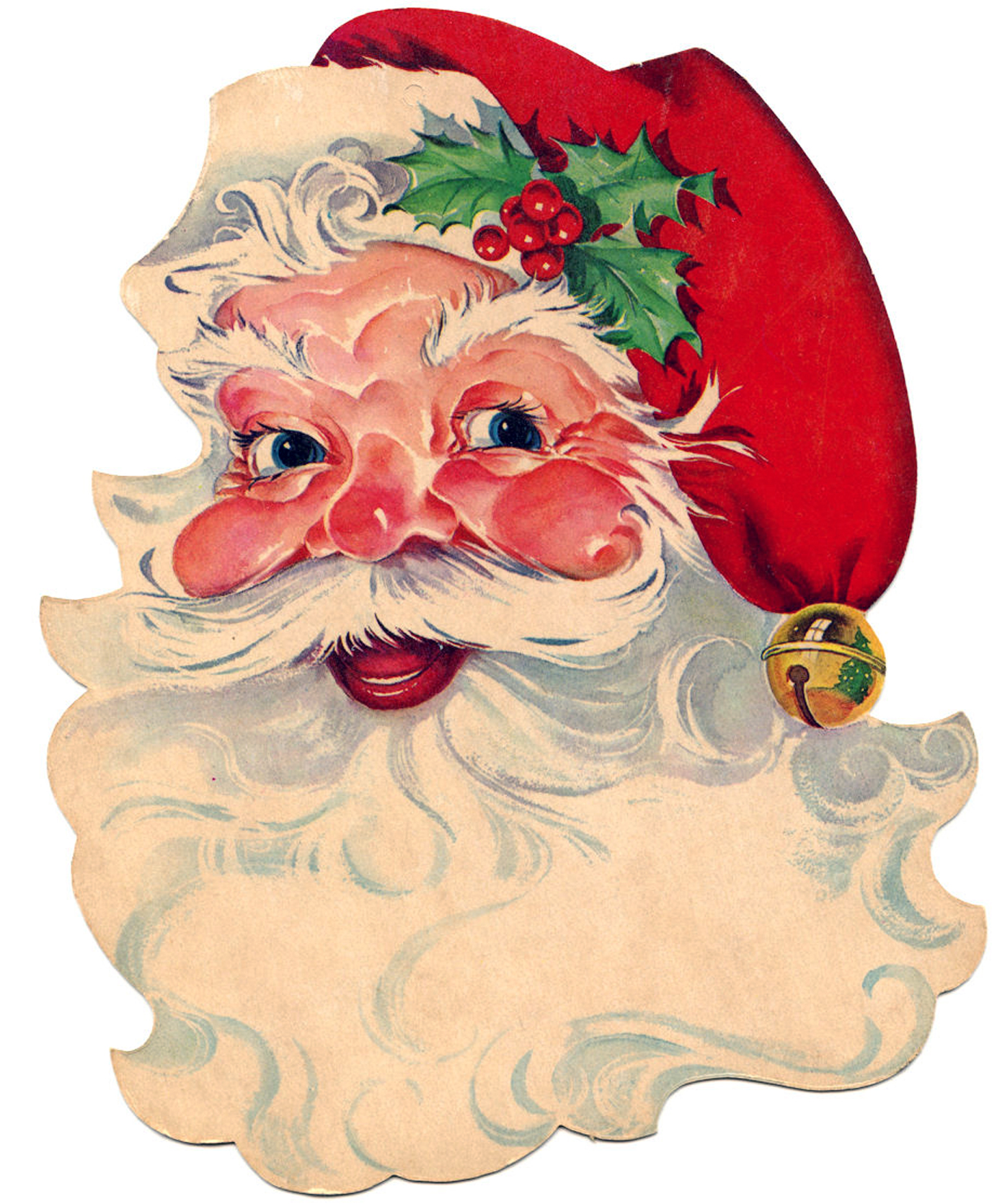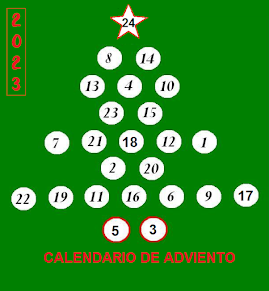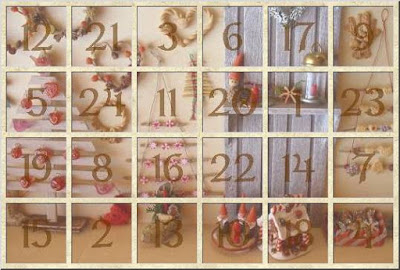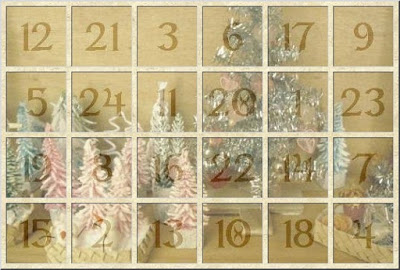
Il nostro pianoforte non è particolarmente difficile da realizzare, ma vi sono parecchi passaggi. Per questo abbiamo suddiviso le spiegazioni in tre post. Il primo è dedicato alla cassa. Nel secondo spiegheremo come realizzare la tastiera ed il suo coperchio. Nell’ultimo ci saranno le rifiniture con la realizzazione dei candelabri e la pedaliera.
Le nostre istruzioni sono per un pianoforte quasi interamente realizzato con il cartoncino. Noi usiamo spesso questo materiale perché è economico, di facile reperibilità e non servono attrezzature particolari per tagliarlo. Basta avere un cutter, un righello di metallo ed un tappetino da taglio. Se voi preferite, potete utilizzare il legno. In questo caso dovrete ricalcolare le misure tenendo conto del diverso spessore del nuovo materiale che sceglierete.
Purtroppo mentre scrivevo questo post mi sono accorta che alcuni passaggi avevano subito delle modifiche durante la fase d’assemblaggio e non erano ben documentati da foto. Abbiamo voluto quindi costruire un secondo pianoforte e rifare tutte le foto. Ci scusiamo quindi per avervi fatto aspettare un po’… So che siete molto curiosi di vedere come l’abbiamo realizzato. Allora iniziamo subito.
It is not particularly difficult to build our piano, but there are several steps. For this reason we have divided the explanations in three posts. The first is devoted to the case. In the second we will explain how to make the keyboard and its lid. In the last there will be the finishing touches and the realization of the candel sconces and the pedals.
Our instructions are for a piano almost entirely made with the cardboard. We often use this material because it is cheap, easy to find and no special tools are required. All you need is a craft knife, a metal ruler and a cutting mat. If you prefer, you can use wood instead. In this case you will have to recalculate the measures, considering the different thickness of the new material you choose.
Unfortunately while I was writing this post I realized that some steps had changed during the assembly stage, and we had no corresponding pictures. So we decided to build a second piano and take all the photos again. We apologize for keeping you waiting a bit’… I know you are very curious to see how we did it. So let’s start right away.
 Per ottenere uno strumento dalle dimensioni realistiche, abbiamo misurato il nostro pianoforte di casa. Poi abbiamo riportato il tutto in scala 1:12.
Per ottenere uno strumento dalle dimensioni realistiche, abbiamo misurato il nostro pianoforte di casa. Poi abbiamo riportato il tutto in scala 1:12.
Nella foto qui sopra potete vedere i due fianchi, il fondo, il retro ed il coperchio superiore. Le misure che abbiamo inserito sono calcolate per un cartone spesso 1 mm. Noi l’abbiamo ottenuto utilizzando un doppio strato di cartoncino delle scatole dei cereali. Attenzione però, altri imballaggi potrebbero avere uno spessore diverso.
In order to have a correclty proportioned instrument, we measured our piano at home. Then we conveted all in 1:12 scale.
In the picture above you can see the two sides, the bottom, the back and the top. The measures are for a 1 mm thick cardboard. We used a double layer of cardboard from cereal boxes. Be careful though, other packaging may have a different thickness.
 Per il davanti, tagliate un pezzo identico al retro e poi dividetelo in due rettangoli nelle misure qui sopra indicate. Queste due parti sono il portello superiore e quello inferiore.
Per il davanti, tagliate un pezzo identico al retro e poi dividetelo in due rettangoli nelle misure qui sopra indicate. Queste due parti sono il portello superiore e quello inferiore.
For the front, cut a piece identical to the back and divide it into two rectangles. The sizes are indicated in the picture above. These two parts are the upper and bottom panel.
 Abbiamo sagomato il fondo del pianoforte, come mostrato nella foto, ricavando i piedi sui quali monteremo le gambe.
Abbiamo sagomato il fondo del pianoforte, come mostrato nella foto, ricavando i piedi sui quali monteremo le gambe.
We have shaped the bottom of the piano, as shown in the photo, obtaining the feet. On them we will mount the legs.
 Per stondare i lati che racchiuderanno la tastiera abbiamo segnato una curva, utilizzato il fondo di un pennarello. Il compasso avrebbe lasciato un foro al centro del cerchio. Con una forbicina arrotondata abbiamo eliminato poi il cartoncino eccedente.
Per stondare i lati che racchiuderanno la tastiera abbiamo segnato una curva, utilizzato il fondo di un pennarello. Il compasso avrebbe lasciato un foro al centro del cerchio. Con una forbicina arrotondata abbiamo eliminato poi il cartoncino eccedente.
To round the sides of the keyboard we marked a curve, using the bottom of a marker. The compass would leave a hole in the center of the circle. Then with a pair of rounded scissors we cut off the excess cardboard.
 Abbiamo iniziato ad assemblare il pianoforte incollando i fianchi ed il retro al fondo.
Abbiamo iniziato ad assemblare il pianoforte incollando i fianchi ed il retro al fondo.
Starting from the bottom we assembled the sides and the back .
 Proseguendo, abbiamo aggiunto il portello inferiore. Prima d’incollarlo abbiamo praticato al centro della parte bassa il foro per i pedali. Misura 1 cm di larghezza e 0,5 cm d’altezza.
Proseguendo, abbiamo aggiunto il portello inferiore. Prima d’incollarlo abbiamo praticato al centro della parte bassa il foro per i pedali. Misura 1 cm di larghezza e 0,5 cm d’altezza.
We practiced in the bottom panel an opening for the pedals. It is at the center of the lower side and it is 1 cm wide and 0,5 cm high. Then we glued the panel to the case.
 Per evitare che la cassa del pianoforte si imbarchi servono due traverse di rinforzo. Nella foto vedete quelle che noi abbiamo creato con dei rettangoli di recupero. Voi potete realizzarle in un unico pezzo.
Per evitare che la cassa del pianoforte si imbarchi servono due traverse di rinforzo. Nella foto vedete quelle che noi abbiamo creato con dei rettangoli di recupero. Voi potete realizzarle in un unico pezzo.
To avoid that the case of the piano warps, we need to add two transoms. We made ours from recylced rectangles, as shown in the picture. You can build yours in one single new piece.
 Le traverse sono state incollate all’interno della cassa a distanze regolari.
Le traverse sono state incollate all’interno della cassa a distanze regolari.
The transoms were glued inside the case at regular intervals.
 In seguito abbiamo aggiunto il portello superiore.
In seguito abbiamo aggiunto il portello superiore.
Then we added the upper panel.
 Infine abbiamo chiuso la cassa con il coperchio superiore. L’abbiamo incollatato a filo sul retro, così che sbordasse di 5 mm sui restanti tre lati (i due fianchi ed il davanti).
Infine abbiamo chiuso la cassa con il coperchio superiore. L’abbiamo incollatato a filo sul retro, così che sbordasse di 5 mm sui restanti tre lati (i due fianchi ed il davanti).
Finally we closed the case with the top. We glued it flush to the back, so that it stays out for 5 mm on the remaining three sides (two sides and front).
 Tagliando il cartoncino molto vicino alla piega della scatola di cereali, si ottiene una striscia sagomata. (Vedi il nostro post dedicato allo zoccolino battiscopa) Con questo bordino abbiamo rifinito la base del coperchio.
Tagliando il cartoncino molto vicino alla piega della scatola di cereali, si ottiene una striscia sagomata. (Vedi il nostro post dedicato allo zoccolino battiscopa) Con questo bordino abbiamo rifinito la base del coperchio.
Cutting the cardboard very close to the fold of the cereal box, you get a moulding strip. (See our post dedicated to the baseboard molding) With this border we have finished the base edge of the top.
 La base sulla quale verrà appoggiata la tastiera è composta da tanti rettangoli sovrapposti. Ognuno misura 11,5 cm x 2,1 cm. Ne servono così tanti, fino ad ottenere uno spessore totale di 4 mm.
La base sulla quale verrà appoggiata la tastiera è composta da tanti rettangoli sovrapposti. Ognuno misura 11,5 cm x 2,1 cm. Ne servono così tanti, fino ad ottenere uno spessore totale di 4 mm.
The base of the keyboard is made with several layers of cardboard. Each piece measures 11,5 cm x 2,1 cm. The layers have to reach a total thickness of 4 mm.
 Per evitare di vedere tutti gli strati, abbiamo tagliato una strisciolina di cartoncino di 0,4 cm x 11,5 cm e l’abbiamo applicata sul davanti della base della tastiera.
Per evitare di vedere tutti gli strati, abbiamo tagliato una strisciolina di cartoncino di 0,4 cm x 11,5 cm e l’abbiamo applicata sul davanti della base della tastiera.
To cover all the layers, we cut a strip of cardboard 0,4 cm x 11,5 cm and applied it on the front of the base of the keyboard.
 Abbiamo incollato la base della tastiera alla cassa ed abbiamo rifinito il sotto applicando una striscia di cartoncino sagomato.
Abbiamo incollato la base della tastiera alla cassa ed abbiamo rifinito il sotto applicando una striscia di cartoncino sagomato.
We glued the keyboard base to the case and we completed it by applying a cardboard moulding strip.
 Le due gambe che sorreggono la tastiera sono di legno tornito e si acquistato nei negozi che vendono materiale per costruire le case delle bambole in miniatura. Ne esistono di diverse forme e spessori.
Le due gambe che sorreggono la tastiera sono di legno tornito e si acquistato nei negozi che vendono materiale per costruire le case delle bambole in miniatura. Ne esistono di diverse forme e spessori.
Le abbiamo tagliate, separando la cipolla inferiore e le abbiamo accorciate a 5 cm. Nel nostro caso la parte in alto, eccedente, aveva la misura giusta per essere utilizzata come piedino posteriore. L’abbiamo quindi messa da parte.
The two legs that support the keyboard are made of turned wood and can be purchased in stores selling supplies to build miniature dollhouses. There come in different shapes and thicknesses.
We have cut them and separated the onion foot and shortened them to a length of 5 cm. In our case, the excess part at the top had the right size and could be used as a rear foot. Therefore we saved them for later.
 Il corpo principale della gamba è stato incollato sotto la tastiera e sulla base. Mentre la cipolla è stata applicata sotto la base, perfettamente in linea con la gamba soprastante.
Il corpo principale della gamba è stato incollato sotto la tastiera e sulla base. Mentre la cipolla è stata applicata sotto la base, perfettamente in linea con la gamba soprastante.
The main body of the leg has been glued under the keyboard and on the base. While the onion foot has been applied under the base, perfectly in line with the leg above.
 Abbiamo rifinito con una strisciolina anche i due fianchi ai lati della tastiera.
Abbiamo rifinito con una strisciolina anche i due fianchi ai lati della tastiera.
We finished with a strip also the two sides of the keyboard.
 Sul retro abbiamo applicato dei piedini. Nei mobili antichi essi sono spesso di forma più semplice. Noi abbiamo usato i due blocchetti di legno avanzati dal taglio delle gambe. In alternativa si possono creare con il cartoncino dei rettangoli della giusta altezza.
Sul retro abbiamo applicato dei piedini. Nei mobili antichi essi sono spesso di forma più semplice. Noi abbiamo usato i due blocchetti di legno avanzati dal taglio delle gambe. In alternativa si possono creare con il cartoncino dei rettangoli della giusta altezza.
On the back we applied the rear feet. Often in antique furniture they have a simpler form. We used the two wooden blocks left over when we cutted the legs. Alternatively, you can create new feet by making with cardboard two rectangles of the correct height.
 La costruzione della cassa del pianoforte è così terminata. Abbiamo riposto i nostri pianoforti, gli attrezzi e gli appunti in una scatola, così quando riprenderemo il lavoro avremo tutto il materiale necessario per questo progetto raccolto e pronto all’uso.
La costruzione della cassa del pianoforte è così terminata. Abbiamo riposto i nostri pianoforti, gli attrezzi e gli appunti in una scatola, così quando riprenderemo il lavoro avremo tutto il materiale necessario per questo progetto raccolto e pronto all’uso.
Nel prossimo post vi mostreremo dunque come abbiamo assemblato la tastiera ed il suo coperchio. Vi aspettiamo!
The construction of the case of the piano is now completed. We have put our pianos, tools and notes in a box, so when we will go back to work we will have all the necessary material for this project together, ready for use.
In the next post we will show you how we have assembled the keyboard and its lid. So stay tuned!





































Hello Ersilia! I love the way that you have ingeniously constructed this piano and made it look so authentic! In my next dollhouse project, I am going to make sure that there is enough room allocated towards the installation of one so that I can try making one of my own using your excellent instructions! Bravissimo!
elizabeth
"Mi piace""Mi piace"
Grazie Elisabeth! I’m happy you liked it 🙂
The net is so fantastic. On one hand you learn from others and on the other you share your knowledge with the community. Soon I will try to copy your beautiful curtains and you will build my piano.
I enjoy so much this kind of exchange!!! 😉
"Mi piace""Mi piace"
BRAVISSIMA! COMPLIMENTI ANCORA UNA VOLTA. MONICA
"Mi piace""Mi piace"
Grazie Monica! 😃
"Mi piace""Mi piace"
Non dico nient’altro… WOW!!! 😀
"Mi piace""Mi piace"
Ciao Anna! Hahaha…
E la tua casetta, a che punto è???
"Mi piace""Mi piace"
Un lavoro perfetto, per certi versi geniale come la realizzazione del bordino in alto…che dirti d’altro?
BRAVA!!!!
"Mi piace""Mi piace"
Sapendo quanto tu sia bravo… i tuoi complimenti mi inorgogliscono!!! 🙂
"Mi piace""Mi piace"
Hi Ersilia! I liked very much this tutorial! Good intructions and photos! It was so much fun making this piano =) Hugs Eeva / http://nukkekoticasablanca.blogspot.fi/
"Mi piace""Mi piace"
Eeva, we are so happy you enjoyed making our piano. Your version came out very well and we really like the variations you made. ❤
This is the very first tutorial we made for a complex project and we were eager to know if we had been clear enough. 🙂
If you agree, we would like to add to our post the photo of your piano with the link to your blog.
Hugs
Ersilia
"Mi piace""Mi piace"
Pingback: Le orchidee in vaso – Potted orchids | Dada's dollhouse
Pingback: L’abbaino – The dormer | Dada's dollhouse
I made a half inch scale version of this pattern and I am really pleased with it. I used balsa wood and painted it black. The instructions abd photos were excellent.
"Mi piace""Mi piace"
Thank you Marguerite for the feedback. I’m happy that my tutorial was easy to follow and that you are pleased with the result. It would be a pleasure for me to post a picture of your piano on our blog. If you agree please send it to me via email and add a link to your site. 🙂
"Mi piace""Mi piace"
Pingback: Il pianoforte di Lea – Lea’s piano | Dada's dollhouse